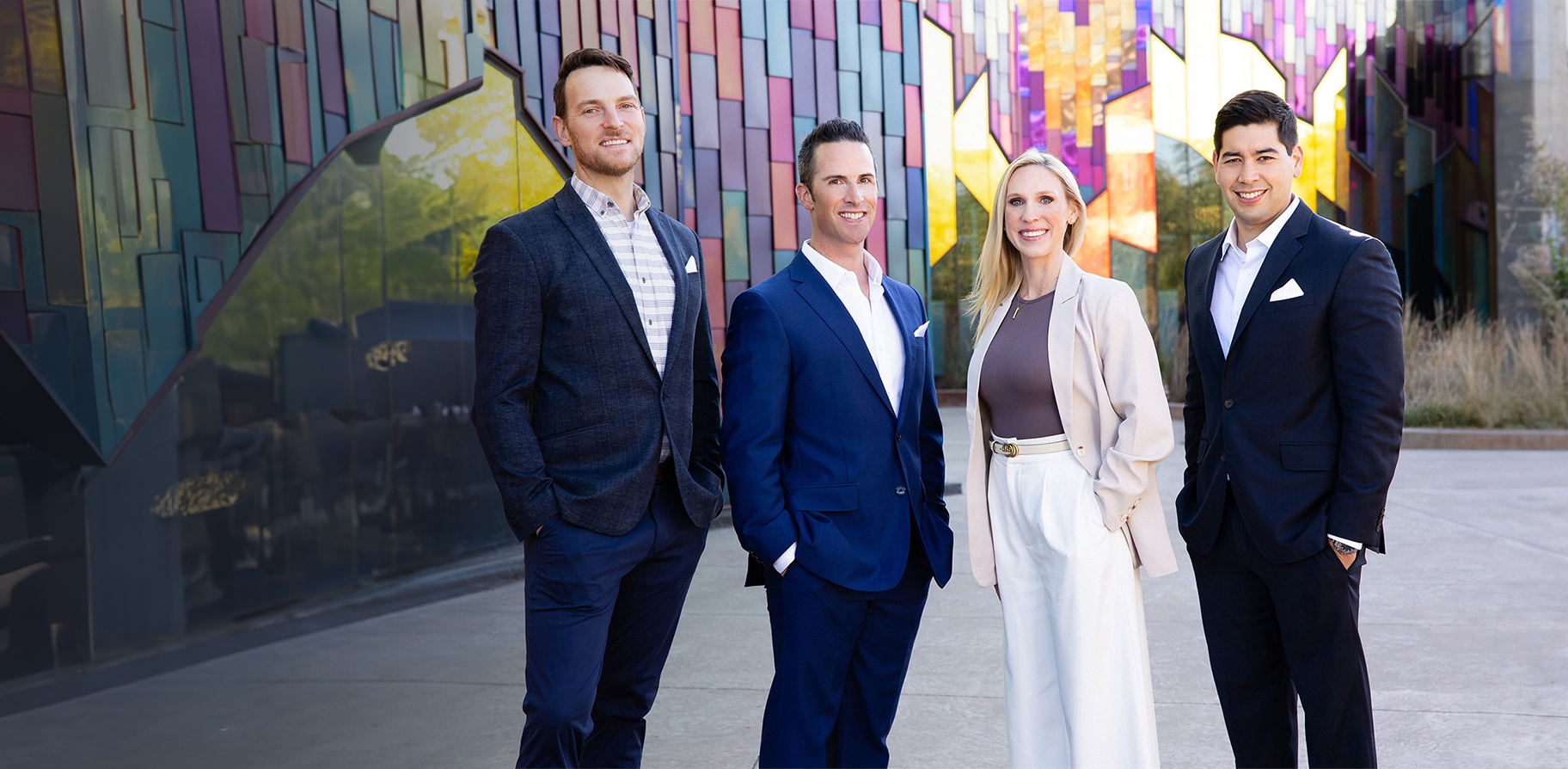Unlock your feminine silhouette with our MTF breast augmentation in Kansas City, enhance your curves, and empower your journey toward self-expression.
What Is MTF Breast Augmentation?
MTF breast augmentation, also known as augmentation mammoplasty, is a surgical procedure designed to enhance the size and shape of the breasts in individuals transitioning from male to female. During the procedure, breast implants are inserted either over or under the chest wall muscle to achieve the desired volume and contour. This transformational surgery aims to align an individual's outward appearance with their internal gender identity, enhancing feminine characteristics and fostering a sense of unity and self-confidence. Our MTF breast augmentation in Overland Park is a pivotal step in the gender affirmation process, allowing individuals to express their true selves authentically and comfortably.







